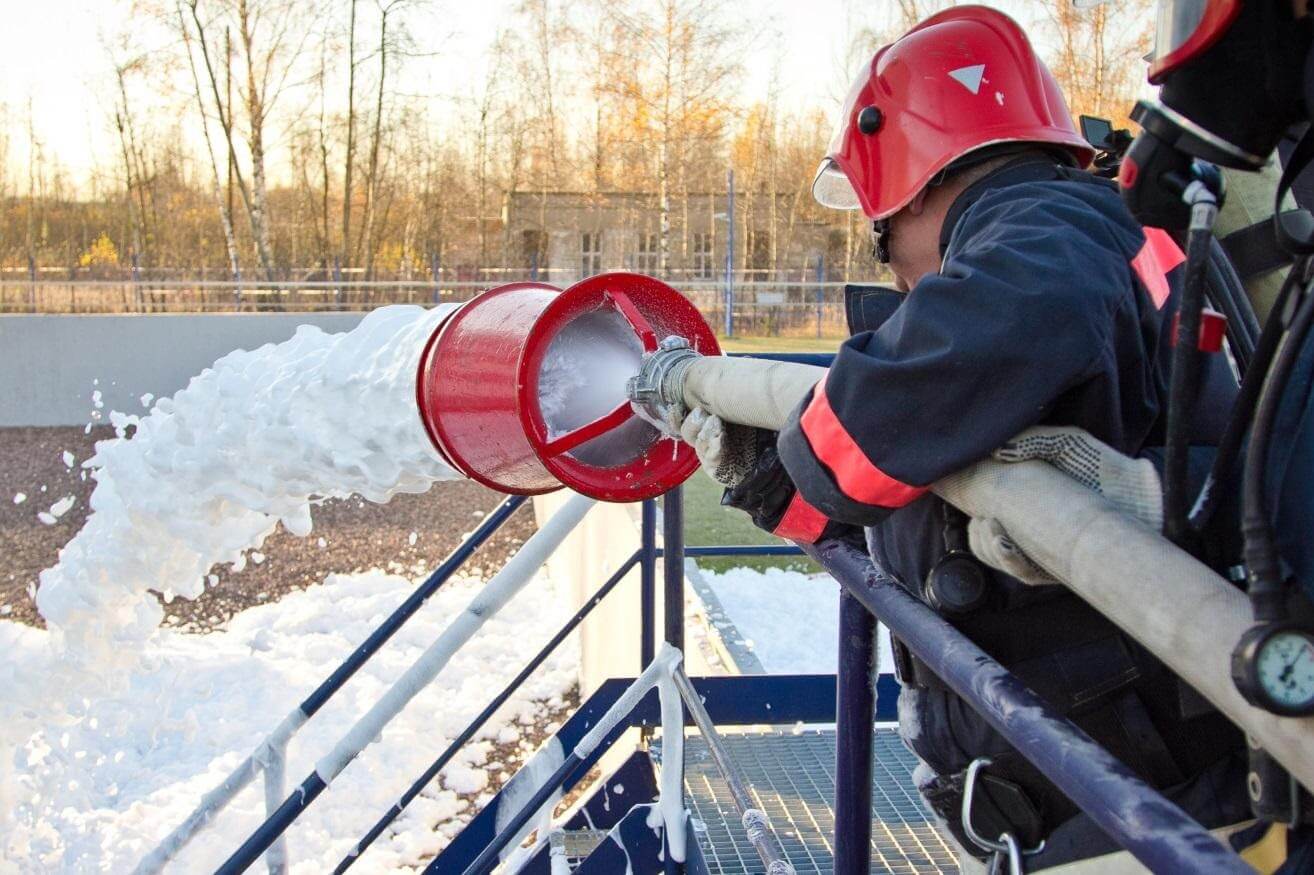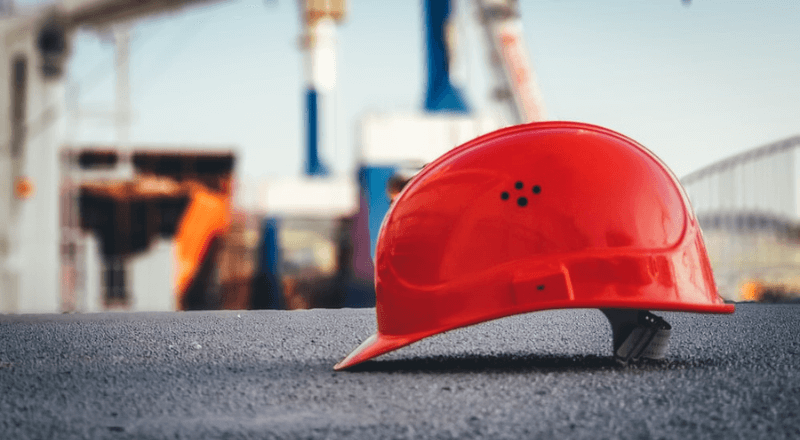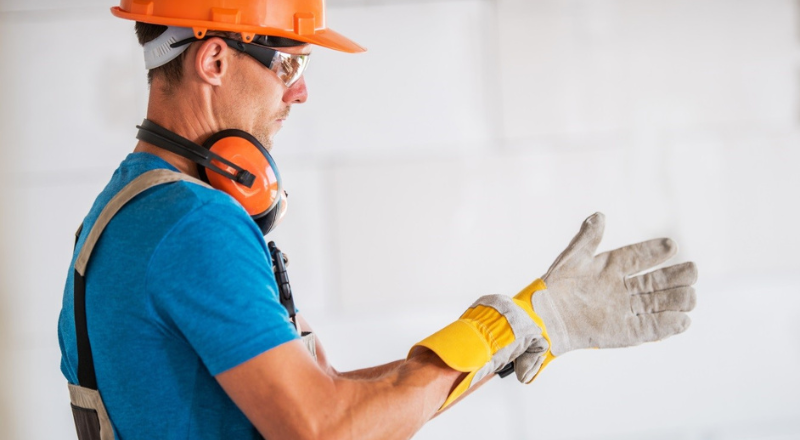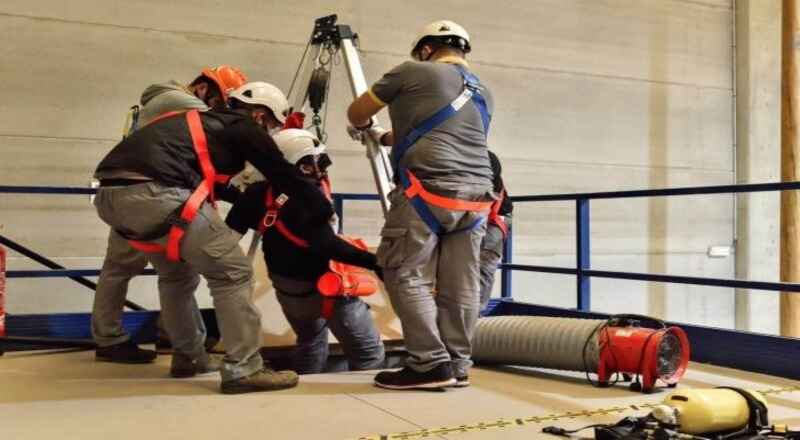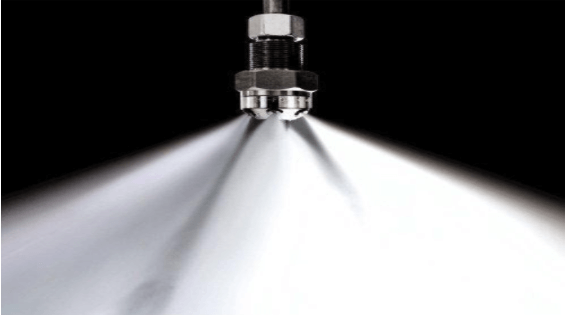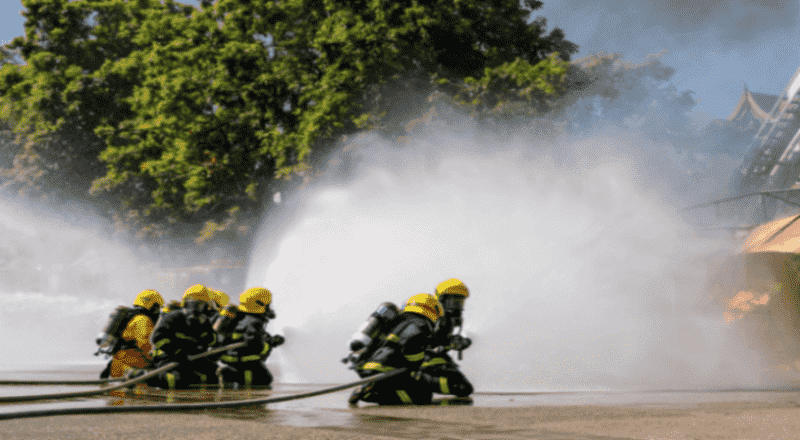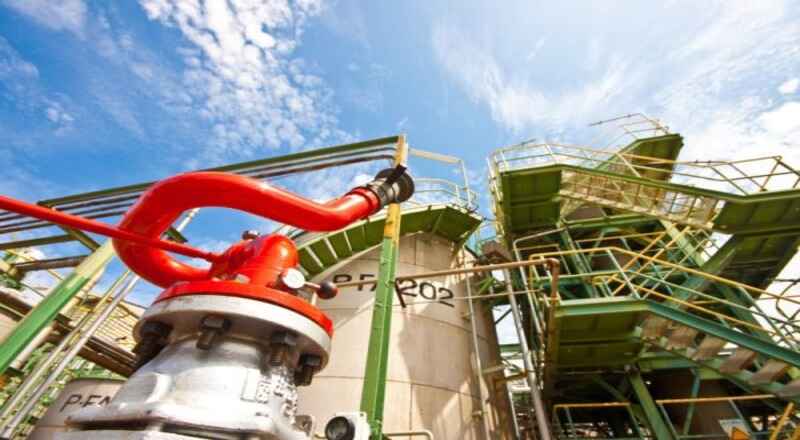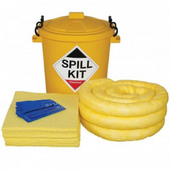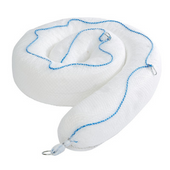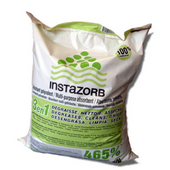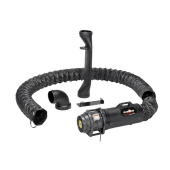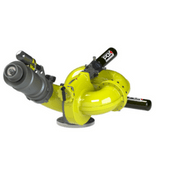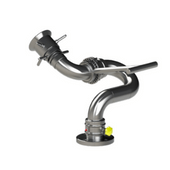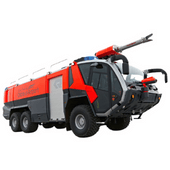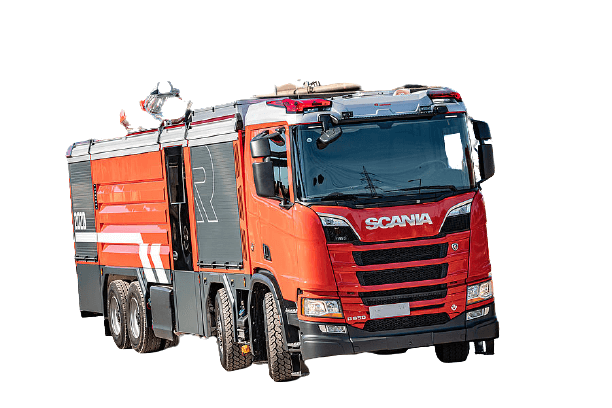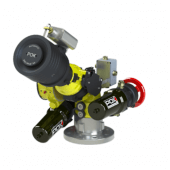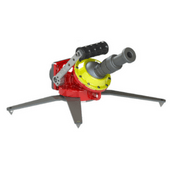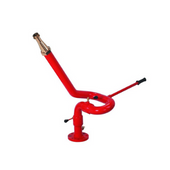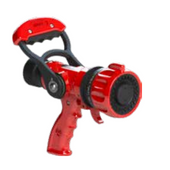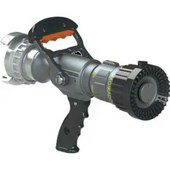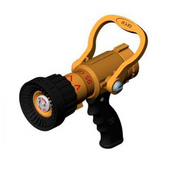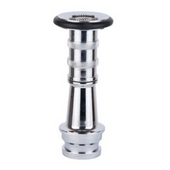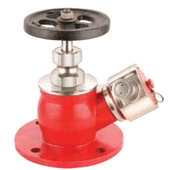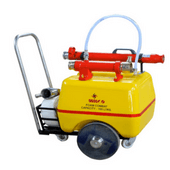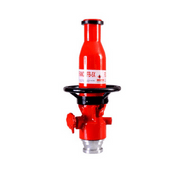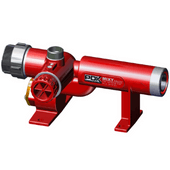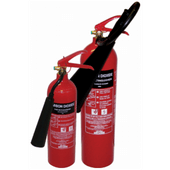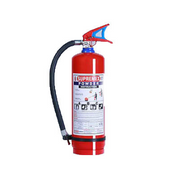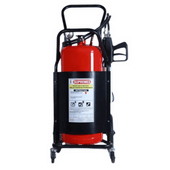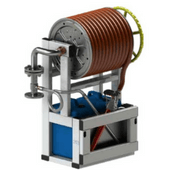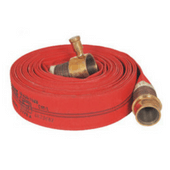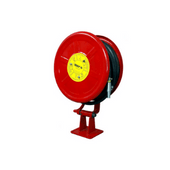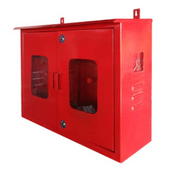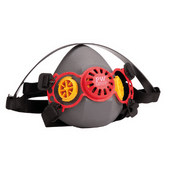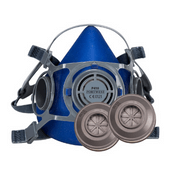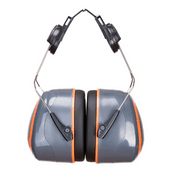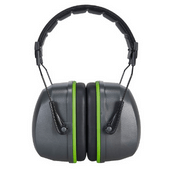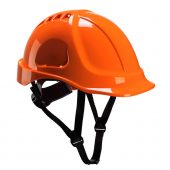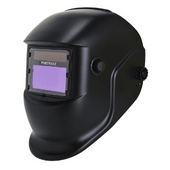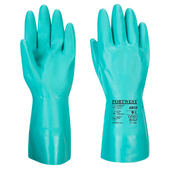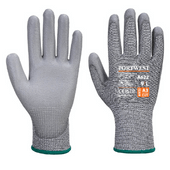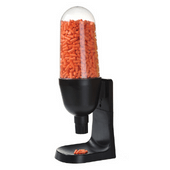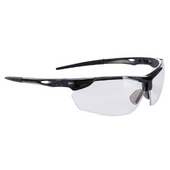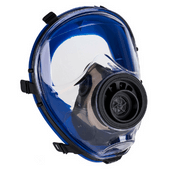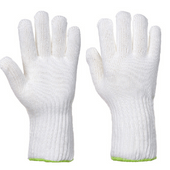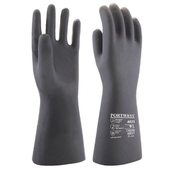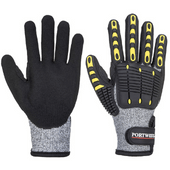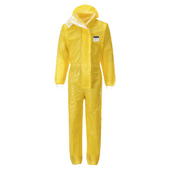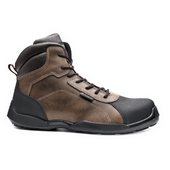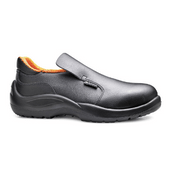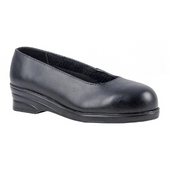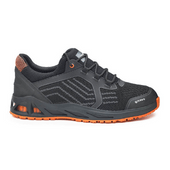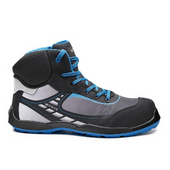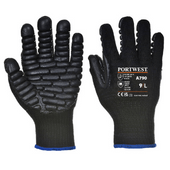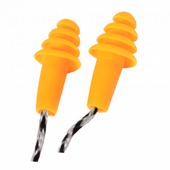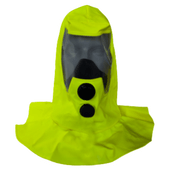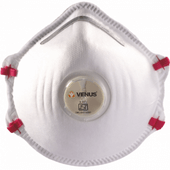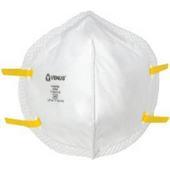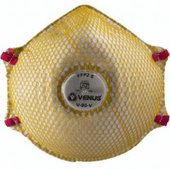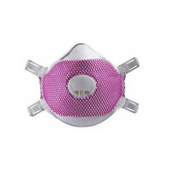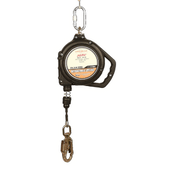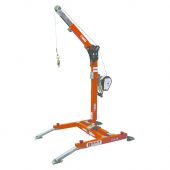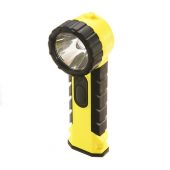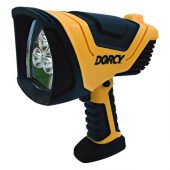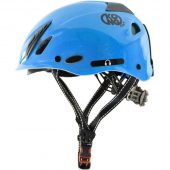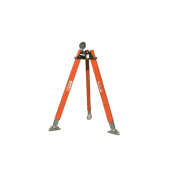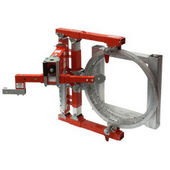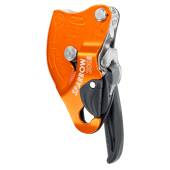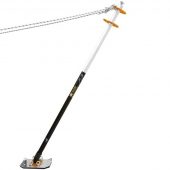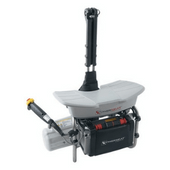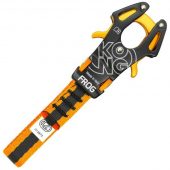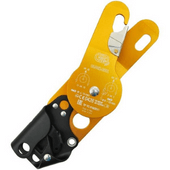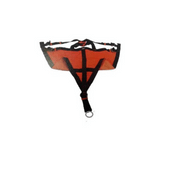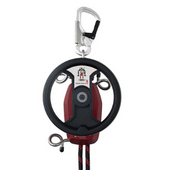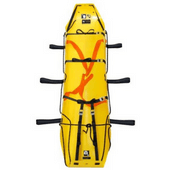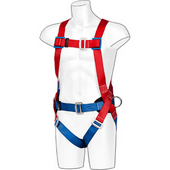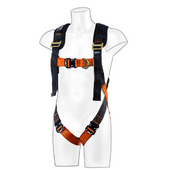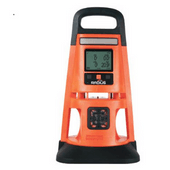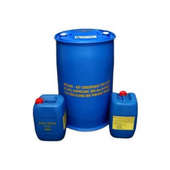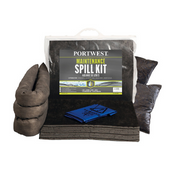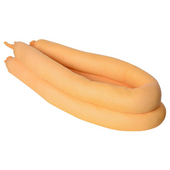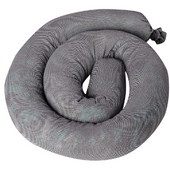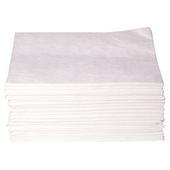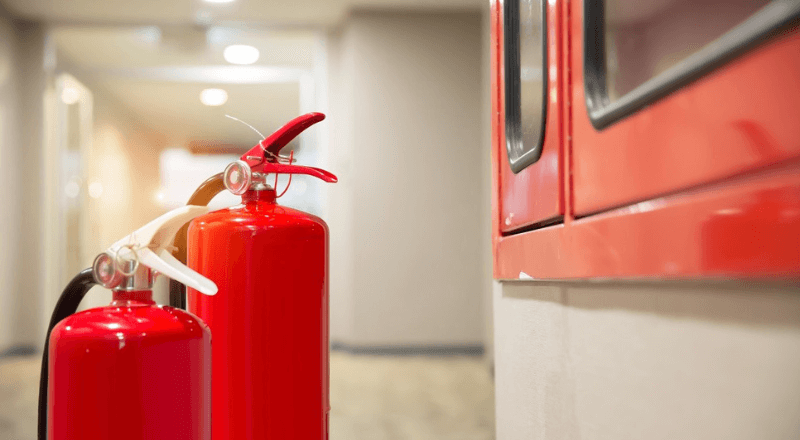
Selecting the right fire extinguisher type can be tricky. Here’s how to do it right like a pro.
Fire extinguisher is the first line of defence during any fire incident. Its selection, availability and usage play an important role in extinguishing fire at its incipient stage. In order that fire extinguishers are effective, they should be
- Portable or wheeled
- Immediately available
- Operate instantly
- Have adequate quantity of extinguishing media as per fire rating
- Have sufficient throw
- Specified shelf-life from the date of manufacture.
To select the right fire extinguisher, it is important to understand what each fire classification means and how it can affect your business. Here’s a look at the different types of fires and how to select the right fire extinguisher based on fire classification.
| Fire Extinguisher Type | Fire Classification | |||
| A | B | C | D | |
| Fire Extinguisher Water Type Catridge (IS940 & IS 13385 | Yes | No | No | No |
| Fire extinguisher, water type (stored pressure) , IS 6234 | Yes | No | No | No |
| Fire extinguisher, mechanical foam type (gas cartridge), IS 10204 and IS 13386 | Yes | Yes | No | No |
| Fire extinguisher, mechanical foam type (stored pressure), IS 14951 and IS 15397 | Yes | Yes | No | No |
| Fire extinguisher, dry powder type (stored pressure), IS 13849 | Yes | Yes | Yes | No |
| Fire extinguisher, dry powder type (gas cartridge), IS 2171 and IS 10658 | Yes | Yes | Yes | No |
| Fire extinguisher, dry powder type for metal fires, IS 11833 | No | No | No | Yes |
| Fire extinguisher, carbon dioxide type, IS 2878 and IS 8149 | No | Yes | Yes | No |
| Fire extinguisher, clean agent gas type, IS 15683 | Yes | Yes | Yes | No |
| Fire extinguisher, halon 1211 type, IS 4862 (Part 1) and IS 11108 | Yes | Yes | Yes | No |
Fire Extinguisher Size Calculator: How Big Should My Fire Extinguisher Be
Before you decide what fire extinguisher type to buy for your business, keep in mind three most important parameters: the type of fire, the hazard classification of your building, and the fire rating of the extinguisher.
1. Type of Fire or Fire Classification
The nature of contents of a building, the processes carried out therein and the types of fire which may occur shall be taken into consideration while deciding fire extinguisher types. Fire is classified into four different types as below
1) Class A: Ordinary combustibles such as wood, cloth, plastics and paper
2) Class B: Flammable liquids such as gasoline, kerosene and grease
3) Class C: Burning of flammable gases such as LPG, CNG, LNG etc which can be very dangerous and highly explosive.
4) Class D: Combustible metals such as magnesium or titanium
The fire classification system is a standard used by fire departments and other emergency responders to determine which type of extinguishing medium to use. Commonly preferred extinguishing media are
- Class A: Water, foam, ABC type DCP and halocarbons
- Class B fires — Foam, DCP, clean agent and carbon dioxide extinguishers
- Class C fires — DCP, clean agent and carbon dioxide extinguishers
- Class D fires — Extinguishers with special dry powder for metal fires
2. Fire hazard Classification
Occupancies are classified into Light, Ordinary and Extra hazard depending on the below criteria
Light (Low) Hazard
Light hazard occupancies are locations where the total amount of Class A combustible materials, including furnishings, decorations, and contents, is of minor quantity and the majority of content items are either non-combustible or so arranged that a fire is not likely to spread rapidly. Total Class B flammable liquids shall be less than 4 litre and kept in closed containers and safely stored.
Ordinary (Moderate) Hazard
Ordinary hazard occupancies are locations where the total amount of Class A combustibles and Class B flammables are present in greater amounts that expected under light (low) hazard occupancies. These occupancies could consist of dining areas, mercantile shop and storage, light manufacturing operations, research labs, auto showrooms, packing garages workshops etc and warehouses containing Class I or Class II commodities where Class B flammable liquids are 4 to 20 litre and provided that they are kept in closed containers and safely stored.
Extra (High) Hazard
Extra hazard occupancies are locations where the total amount of Class A combustibles and Class B flammables present, in storage, production, use, finished product, or combination thereof, is over and above those expected in occupancies classed as ordinary (moderate) hazard.
Eg: woodworking; vehicle repair; aircraft and boat servicing; cooking area; individual product display showrooms; product convention center displays; and storage and manufacturing processes such as painting; dipping, and coating, including flammable liquid handling. Warehouse and process storage of other than Class I and Class II commodities also included. The flammable liquids may be more than 20 litre.
3. Fire Rating
Fire extinguishers are rated by their fire rating. This is an indicator of how effective the fire extinguisher will be in putting out a particular type of fire. It’s important to know what fire extinguisher type and rating you need before purchasing one.
Fire Extinguisher types, size and Placement for Class A Hazards
| Criteria | Light Hazard | Ordinary Hazard | Extra Hazard | |
| 1 | Minimum rated single extinguisher | I-A | I-A | 2-A |
| 2 | Maximum floor area per unit of A(m2) | 280 | 140 | 90 |
| 3 | Maximum floor area for fire ext.(m) | 3430 | 3430 | 3430 |
| 4 | Maximum travel distance to ext.(m) | 15 | 15 | 15 |
Fire Extinguisher types, size and Placement for Class B Hazards
| Type of Hazard | Basic Minimum rating | Maximum travel distance | |
| 1 | Light |
8-B 13-B |
Less than 9 15 |
| 2 | Ordinary | 21-B | 15 |
| 3 | Extra | 34-B | 15 |
Fire extinguishing capacity of a portable fire extinguisher is limited and its operational value largely depends upon the initial charge available to extinguish the fire. Amount of extinguishing media available on an extinguisher based on fire rating is given below for a rough idea
|
Minimum Content of Extinguishing Media |
||||
|
Class A rating |
DCP (Kg) |
Water/Foam (litres) |
Clean Agent (Kg) |
Co2 (Kg) |
|
1A |
2 | 6 or below |
6 or below |
|
|
2A |
2-4 | 6-10 |
6-8 |
|
|
3A |
4-6 | >10 |
>8 |
|
|
4A |
6-9 |
|||
|
6A |
>9 |
|||
|
Class B rating |
||||
|
8B |
2 | 5 | 2 |
2 |
|
13B |
2 | 5 | 2 |
2 |
|
21B |
2-3 | 9 | 2-4 |
2-5 |
|
34B |
3-4 | 9 | 4-6 |
>5 |
Fire Extinguisher types, size and Placement for Class C Hazards
For Class C fire hazard , choose fire extinguisher as per the below methodology
| Type of Hazard | Fire extinguisher | Maximum travel distance | |
| 1 | Light | 2 or 3 Kg DCP/Clean agent for every 20m2 floor area | 15 |
| 2 | Ordinary |
10Kg DCP or 6.5 Kg C02 or 5 Kg Clean agent for every 100 m2 floor area (Min 1 for every compartment) |
15 |
| 3 | Extra |
10 Kg DCP or 6.5 Kg CO2 or 5 Kg clean agent for every 100 m2 floor area (Min 2 for every compartment) |
10 |
Fire Extinguisher types, size and Placement for Class D Hazards
Fire extinguisher size determination shall be on the basis of the specific combustible metal, its physical particle size, area to be covered, and recommendations by the fire extinguishers manufacturer on data from control tests conducted.
For more details regarding recommended scale of equipment for each hazard category, please ref Annexure-B-2 of IS 2190:2010
In short, fire extinguishers are an inexpensive and effective way to protect your family, your home, and your business from the ravages of fire. If you have any questions about what fire extinguisher type to choose or how many you need, talk with your nearest fire safety consultant. Never assume that one type of extinguisher will be suitable for all situations. Consider your unique circumstances and needs carefully when choosing a fire extinguisher.
Feel free to contact us by email at info@safetyproductfinder.com for any questions related to fire extinguisher requirement or placement in your home or business. Visit our fire extinguisher page (Click Here) if you are interested in purchasing one.





